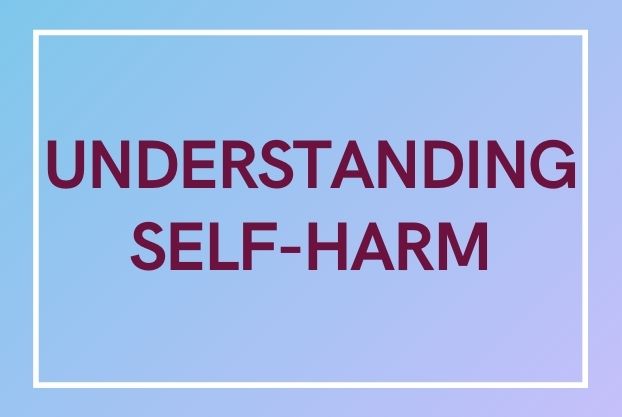Pain, when left unspoken, often finds expression through the body. Many trauma survivors adopt self-harm as a way to externalize internal anguish—cutting, hitting, or starving themselves to regain control or numb emotional pain. It’s not attention-seeking; it’s coping in crisis.
According to a 2023 Lancet review, nearly 1 in 5 Indian adolescents reported engaging in self-harm, often linked to unresolved trauma. Healing doesn’t mean never slipping—it means developing safer tools, over time, to sit with pain without punishing yourself.
Have you ever felt distressed to the point that you default to hurting yourself to cope with it? Dealing with difficult emotions can be overwhelming, and the coping mechanism you choose can often be detrimental to your health. Self-harm is often seen as cutting, burning or non-fatal overdosing. However, any behavior that causes harm or injury to the self, especially as a way to deal with overwhelming situations and emotions, can be called self-harm.
Why do we self-harm?
Anyone can self-harm. Chances are, there are several people who self-harm in your social circles itself. Self-harm usually begins as a method to relive the pent-up pressure of difficult emotions. It provides a temporary relief as well as a physical distraction from the emotional pain one is going through. For some people, it tends to numb you for a short time period, allowing you to channel your suffering elsewhere. For others, it is a means to release all their pent-up emotions. These emotions, as well as the unaddressed trauma, can be dealt with in therapy- Another Light provides dedicated therapists to help you work through your distress.
Often, the act of self-harm is followed by guilt or shame. This then sets of a cycle, where the guilt and shame combine with the previously unresolved underlying reason for self-harm, built up as an emotional overload and triggering the need to self-harm all over again.
The temporary relief often prompts you to believe that the coping mechanism is normal; as it helps you deal with an overwhelming emotion. For this reason, it is important to get help at an early stage, and make it easier for you to break the cycle of self-harm.
Forms of Self-Harm
Self-harm is not always a violent and visible activity. Several other behaviors fall into the category of self-harm. It ranges from habitual physical harm as well behavioral.
- Physical harm comes in the form of cutting, branding, burning, picking/biting your inner cheek, digging nails into skin, pulling hair, hitting oneself and re-opening old wounds.
- Behavioral self-harm includes substance abuse, overeating or eating too little, overspending, isolating yourself, ignoring personal goals, ignoring your personal needs, putting yourself in risky situations and any behaviors that put you in harm’s way.
Dealing with Self-Harm by yourself
After the introduction of a trigger, you begin to experience a heightened state of distress, and there is a one-hour period during which you are most likely to self-harm. This is when your emotions are at their highest.
If you find a way to distract yourself for that one hour, the distress can decrease to the point that you can cope with it. If you can outlast that period, the urge to self-harm will eventually pass by and the distress would not feel as overwhelming anymore.
While therapy with a trained therapist can help you work through your distress, when you are by yourself, there is just one hour that you need to beat- just the first hour. Working through trauma is not easy, nor is there a one-size-fits-all answer to dealing with pain. However, you deserve to be able to work towards mental wellness and have a healthy relationship with yourself.

